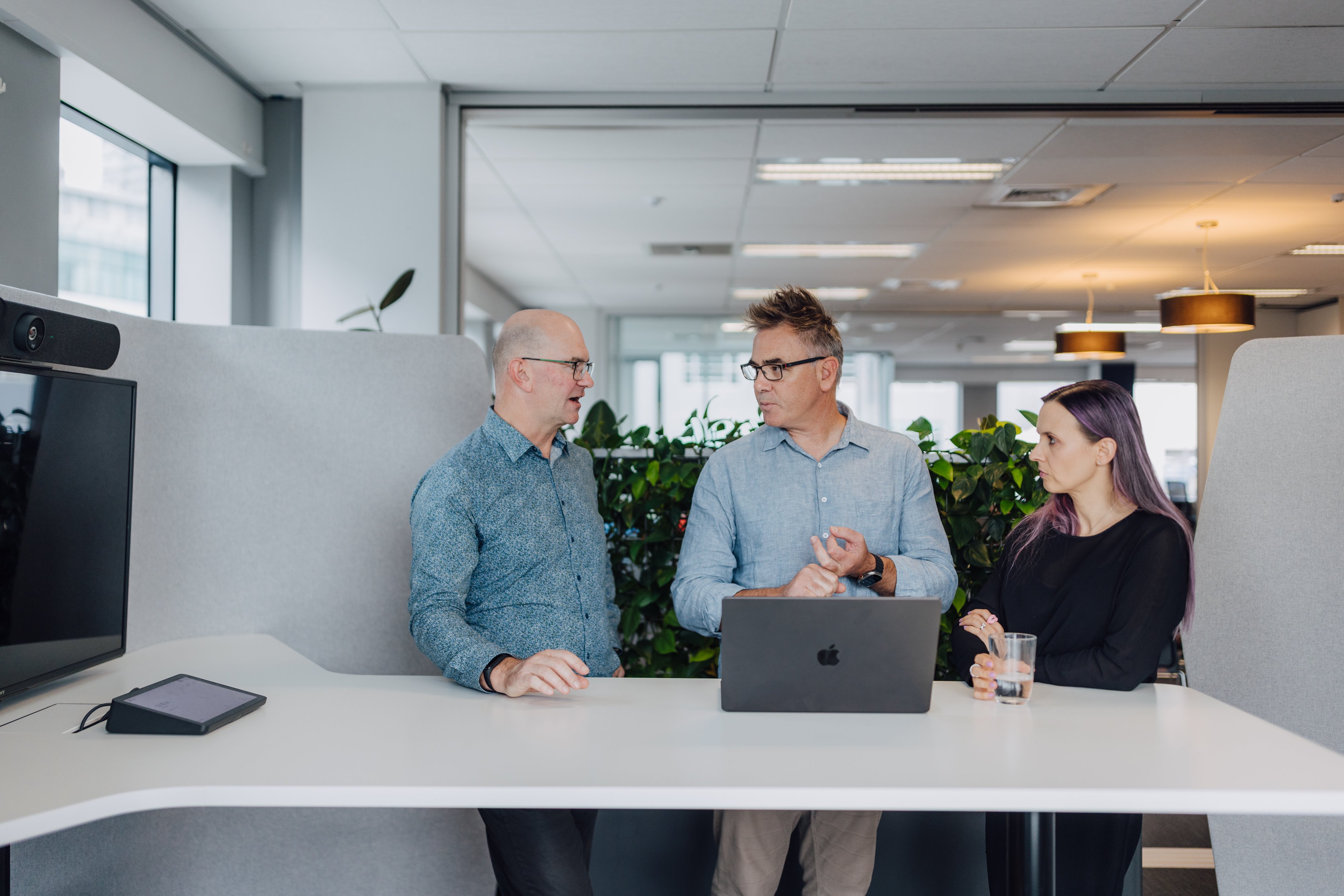The times are ever-changing – why not your organisation? Ploughing on with legacy apps raises big risks: interfaces superseded by advances in technology can restrict innovation, frustrate customers and threaten revenue.
Overhauling them will generate long-term – potentially indefinite – benefits. But the process can bring instant wins too. We explore the gains below.
More change more often
Everything starts here. Having the right tech allows you to make fast, safe updates. You can add new features or remove obsolete ones; trial multiple solutions to a specific problem and keep the best; keep or develop a competitive edge; and give users the best experience possible.
Leaders can commission frequent, small changes that, over time, lead to big outcomes. Think of apps created by some of the leading players in their respective fields – Netflix, Amazon and Google Chrome have all released many versions of their apps, each with up to dozens of smaller updates.
Optimal performance
Modernising your app provides a rare opportunity to review its functions.
Customer expectations change and not every service will still be necessary. It may be possible to ditch some and combine others.
Streamlining functionality is one way to speed up your app. Another is by moving computing away from on-premise hardware and into the cloud. A third is through those quick, frequent changes. If they happen often they’ll tend to be small, putting minimal strain on your system and processes, therefore reducing risk. And if something does go wrong with a minor update, it should be easy to fix.
Drive productivity
Modernisation means reliability. It’s easier to find the cause of problems on new platforms and there’s plenty of support available.
All that will give your developers more time to work on exciting new features for the app – and for other work in your organisation.
Enhanced scalability
Your app might have been built to service a certain number of users – internal as well as external. Modernising it allows you to meet current demand and allow your app to cope with increased future demand, both in terms of user-driven capacity and new functionality.
Reduced costs
Moving away from legacy apps should reduce infrastructure, maintenance and support costs.
You will no longer need on-premise hardware, or at a physical site operated by a third party. By moving computing and storage to the cloud you’ll save on future maintenance; by utilising opportunities offered by modern programming languages, you’ll reduce the cost attached to having developers skilled in inflexible legacy languages.
New thinking, new revenue
Who doesn’t want to develop new revenue streams, particularly if they can complement savings achieved through a move from old tech?
Fast, frequent change does more than just improve the user experience. It allows the creation of new processes and services and the automation of existing ones.
Choosing the correct modernisation strategy will allow you to bring your organisation not only into the now, but the future too. Embracing the opportunity to make frequent, fast, iterative change will help you survive and thrive in uncertain times.
Learn about the most common application modernisation strategies, and which is best suited for your organisation’s modernisation journey, in more detail in our free Guide to Application Modernisation EBook.




